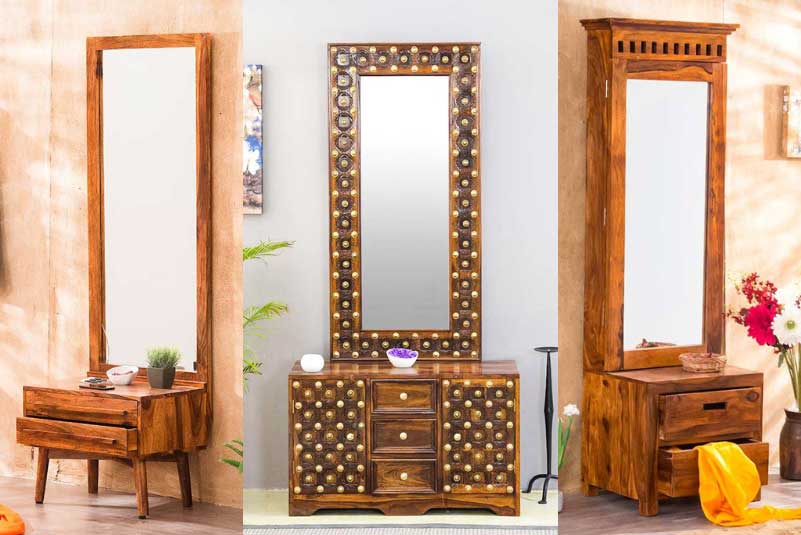The front elevation of a house is its face to the world—a visual representation of its style and character. A well-designed front elevation not only enhances the curb appeal of a home but also reflects the owner’s personality and lifestyle. Whether you’re building a new house or renovating an existing one, understanding the various design elements that contribute to a stunning front elevation is essential. This guide will delve into different normal house front elevation designs, offering insights into styles, materials, and key considerations for creating a welcoming and aesthetically pleasing facade.
Understanding Front Elevation
The front elevation refers to the architectural design of the front face of a building. It includes elements such as windows, doors, rooflines, and materials, which all come together to create a cohesive look. A well-planned front elevation should harmonize with the surrounding environment while showcasing the homeowner’s style preferences.
Common Styles of Front Elevation Designs
- Modern Design
- Characteristics: Modern front elevation designs are characterized by clean lines, minimal ornamentation, and a functional approach to space. Large windows, flat roofs, and open layouts are typical features.
- Materials: Glass, steel, and concrete are commonly used in modern designs, allowing for an airy, open feel. Incorporating natural elements like wood can soften the overall look.
- Example: A modern house with a striking flat roof and expansive glass walls creates a seamless transition between indoor and outdoor spaces.
- Contemporary Design
- Characteristics: Contemporary designs focus on current trends and innovations in architecture, combining elements from various styles. This design often incorporates eco-friendly materials and energy-efficient features.
- Materials: A mix of materials such as stone, wood, and metal can be used to achieve a sophisticated look.
- Example: A contemporary front elevation featuring a mix of stone cladding and wooden accents, complemented by large windows, gives a fresh and inviting appearance.
- Traditional Design
- Characteristics: Traditional front elevations often feature symmetrical designs, gable roofs, and classic architectural details such as columns and pediments.
- Materials: Brick, wood siding, and stone are popular choices, contributing to the timeless appeal.
- Example: A traditional house with a prominent front porch, white columns, and double-hung windows exudes charm and warmth.
- Colonial Design
- Characteristics: Colonial-style homes are known for their symmetry, rectangular shape, and centrally located front doors. They often feature decorative shutters and a pronounced roofline.
- Materials: Typically made of brick or wood, colonial houses exude a classic and elegant feel.
- Example: A colonial home with a red brick facade, white shutters, and a neatly manicured front yard creates an inviting atmosphere.
- Mediterranean Design
- Characteristics: Mediterranean front elevations often incorporate arches, terracotta roof tiles, and stucco walls. This style evokes a warm, inviting feel reminiscent of coastal regions.
- Materials: Stucco, clay tiles, and wrought iron are common in Mediterranean designs.
- Example: A Mediterranean-style house featuring arched doorways, a tiled roof, and vibrant flowering plants creates a picturesque facade.
- Craftsman Design
- Characteristics: Craftsman homes are known for their low-pitched roofs, wide eaves, and exposed rafters. This style emphasizes handcrafted details and natural materials.
- Materials: Wood, stone, and brick are often used to enhance the earthy feel of Craftsman designs.
- Example: A Craftsman home with a large front porch, tapered columns, and decorative woodwork presents a warm and welcoming appearance.
Key Elements of Front Elevation Design
- Roof Design: The roofline significantly influences the overall appearance of a home. Gabled, hipped, and flat roofs all convey different styles. Incorporating overhangs and decorative eaves can add character.
- Windows and Doors: The placement and style of windows and doors are critical for enhancing the front elevation. Consider using larger windows for a modern look or classic double-hung windows for a traditional style. Front doors can be a focal point, so choose designs that complement the overall aesthetic.
- Materials: The choice of materials plays a crucial role in defining the style of a front elevation. Consider using a mix of materials to create visual interest. For instance, combining brick with wood or stone can add depth and texture.
- Color Palette: Selecting a cohesive color palette is essential for creating a harmonious look. Consider the architectural style and surrounding environment when choosing colors for the facade. Neutral tones can create a timeless appeal, while bold colors can make a statement.
- Landscaping: The landscaping around the front elevation enhances its visual appeal. Planting trees, shrubs, and flowers can create a lush and inviting atmosphere. Consider incorporating pathways and outdoor lighting to highlight the home’s features.
Tips for Designing Your Front Elevation
- Consider the Surroundings: Take into account the architectural style of neighboring homes and the overall neighborhood aesthetic. Your design should complement the environment while allowing your house to stand out.
- Focus on Functionality: Ensure that the front elevation design meets your practical needs. Consider factors such as natural light, privacy, and access when planning the layout.
- Emphasize Entry Points: The entrance of your home should be welcoming and easy to find. Use design elements such as a covered porch, decorative lighting, and inviting landscaping to draw attention to the entryway.
- Incorporate Personal Style: Your front elevation should reflect your personal style and preferences. Don’t hesitate to incorporate unique elements that showcase your personality.
- Plan for Maintenance: Choose materials and landscaping that are manageable and suited to your lifestyle. Low-maintenance options can save time and effort in the long run.
Conclusion
Designing a front elevation is an exciting opportunity to showcase your home’s character and style. Whether you prefer a modern, traditional, or eclectic look, understanding the various design elements and styles can help you create a facade that is both functional and aesthetically pleasing. With careful consideration of materials, color palettes, and landscaping, you can enhance your home’s curb appeal and create a welcoming atmosphere for family and guests alike. Embrace the journey of designing your front elevation and transform your home into a beautiful representation of your taste and lifestyle.


